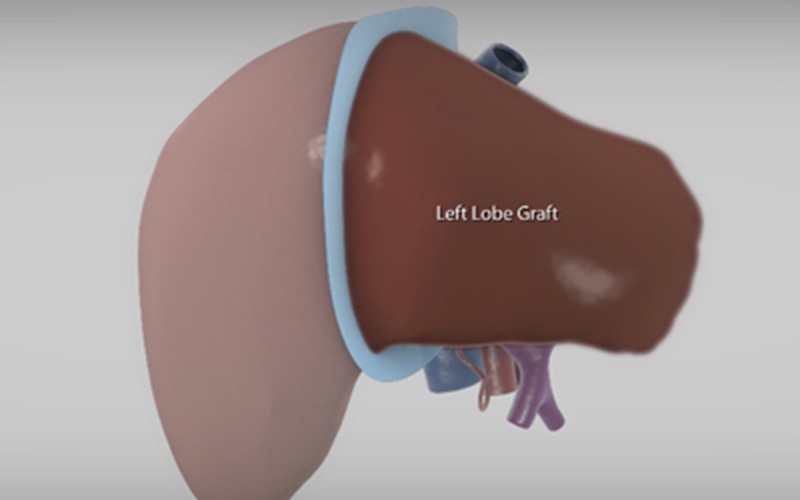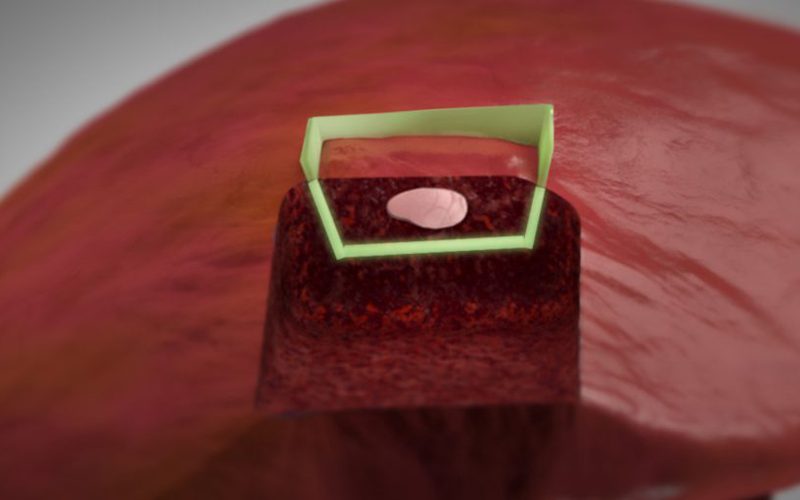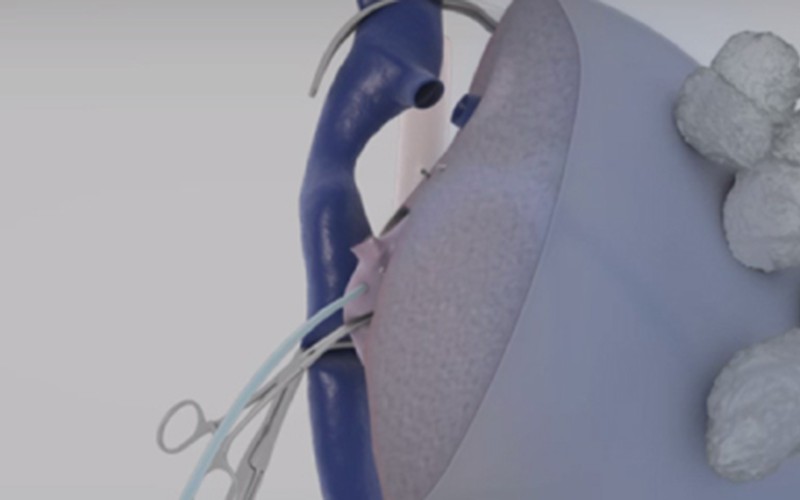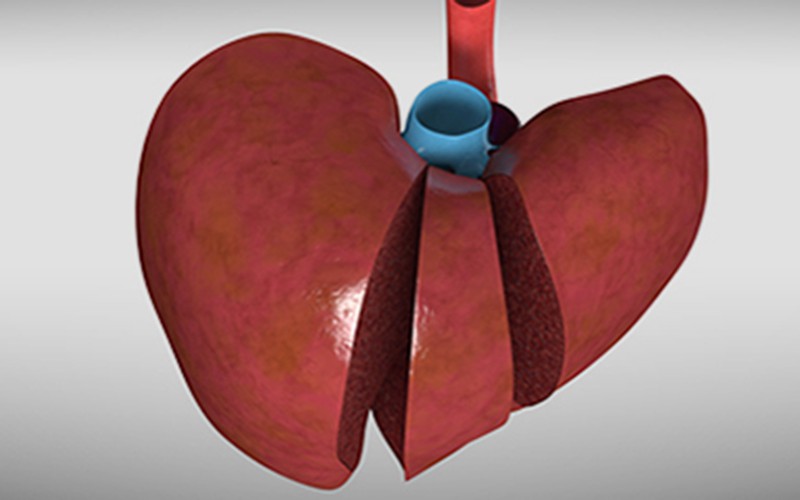Liver transection technique: Water-jet dissection
In conjunction with the 'inside-out' liver transection approach
00:10 OVERVIEW
01:07 WATER-JET DISSECTION
Technique description
- The water-jet dissection divides liver parenchyma tissue, but preserves fibrous vascular and ductal structures, allowing them to be identified and divided precisely.
- The transection plane is optimally set up vertical or perpendicular to the ground, such that fluid build up would flow away from the surgical field, preventing ‘puddles’ from forming. The suction on the water-jet hand piece, as well as an additional suction are also used to manage fluid build up.
- Vascular and ductal structures can be identified precisely by ‘washing’ the parenchyma off the structures. Once dissected, the structures can be ligated and divided by using electrocautery, surgical clips and/or sutures, depending on the structure size.
- Water-jet dissection complements the ‘inside-out’ approach in liver transection, where intrahepatic vasculature and ducts are identified based on pre-operative CTs, and those that intersect the transection plane are anticipated during transection.
- This combined approach is especially advantageous with dissecting structures with precision, such as skeletonizing the middle hepatic vein during a living donor left hepatectomy.




